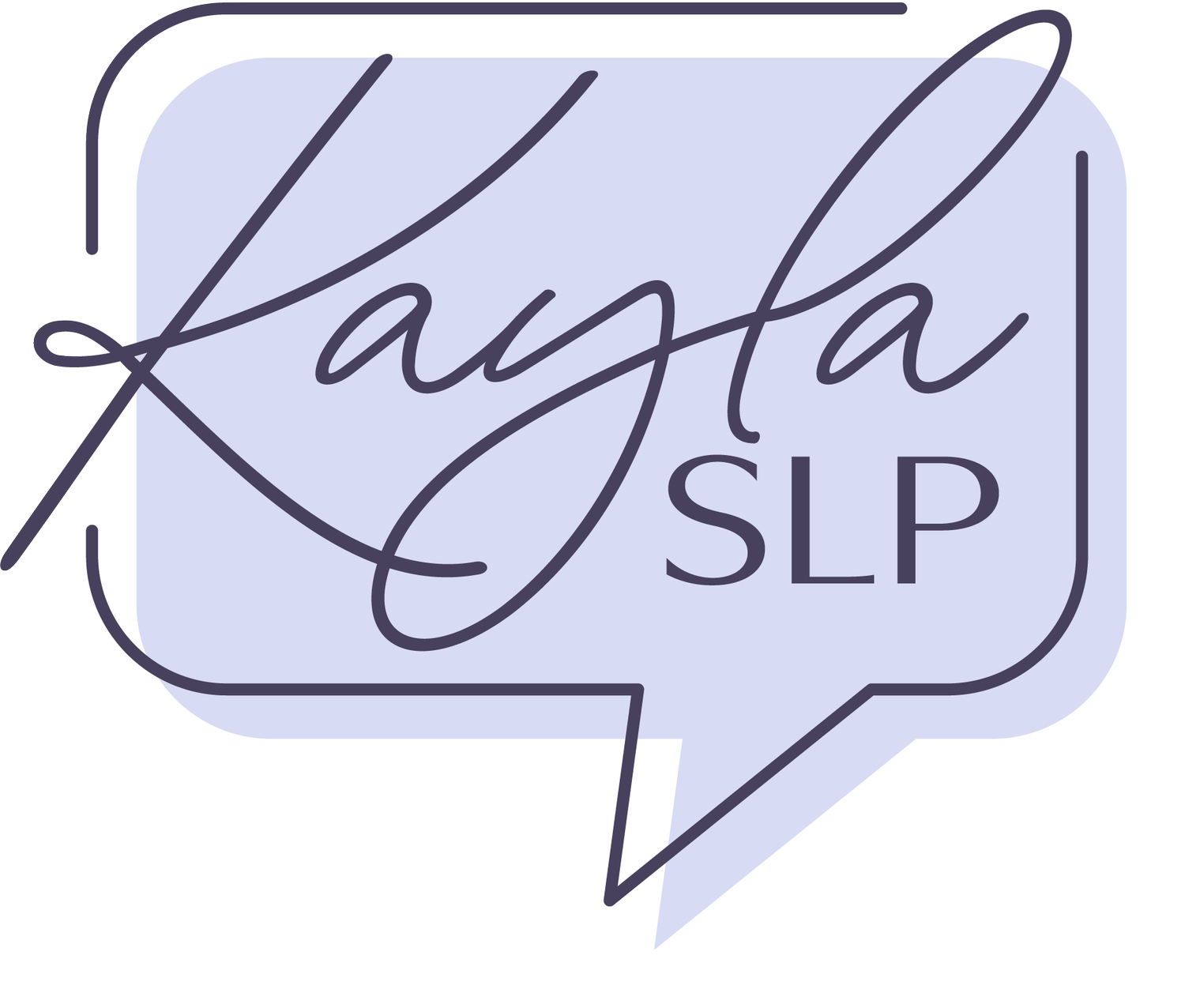Sensory‑Friendly Halloween Ideas for SLPs and Kids
*As an Amazon Associate, I earn from qualifying purchases.
Why Sensory-Friendly Matters
Halloween can be magical for many kids, but for children with sensory processing and communication challenges, it can be more fright than fun. Loud sounds, itchy costumes, flashing lights, and unpredictable social interactions can all lead to overload.
As SLPs and caregivers, we need to recognize this reality. When we respect a child’s sensory needs, we’re also protecting their ability to communicate, connect, and participate.
Let’s reframe Halloween as not as something to “get through,” but as an opportunity for inclusive and meaningful experiences.
What Every SLP & Caregiver Should Know
Children with sensory processing differences may be hyper‑responsive (easily overwhelmed by sound, texture, or light) or hypo‑responsive (seeking intense input). In both cases, an overstimulating event like Halloween can cause shutdowns or meltdowns, often misread as “behavior.”
Before we can support expressive language, AAC use, or social interaction, we must first help a child feel safe in their body and environment.
Costume Tips: Comfort Over Concept
The cutest costume means little if a child can’t tolerate wearing it. Try these sensory-smart strategies:
Choose soft, tag-free, breathable fabrics
Skip the masks and tight hats; instead consider themed t-shirts or pajamas
Let the child decide and practice wearing it in advance
If possible, integrate AAC devices or supports into the costume setup
Sensory-Friendly Trick-or-Treating
For kids with sensory and communication needs, trick-or-treating can feel chaotic. These tips help create structure and comfort:
Go early before crowds build
Use noise-canceling headphones if sounds are overwhelming
Choose a short route with familiar houses
Practice ahead by role-playing at therapy or at home
Bring a visual schedule or social story (see more ideas on this post)
Provide a communication card or button: “I use a communication device,” “Thank you,” “All done”
Watch for signs of fatigue and have a break plan (or exit strategy)
Calm, Creative Activities for Halloween & Speech
You don’t need spooky chaos to make Halloween fun. Here are a few inclusive therapy ideas:
Halloween Sensory Bins: fill with dry rice, water beads, or orange pom-poms (or find a pre-made one here)
Emotion Pumpkins: draw faces or use facial expression stickers on mini pumpkins to explore feelings
“Feed the Monster” Games: toss mini pompoms to a “monster’s” mouth (anything can be a monster if it has enough eyes or big teeth!)
Foam Sticker Crafts: foam crafts make for minimal mess and max engagement
Pumpkin Hide and Seek: use faux pumpkins (or real ones!) for prepositions and asking questions
These low-stimulus activities allow for rich communication practice while supporting regulation.
Inclusive School & Community Event Adaptations
Schools and organizations can step up inclusion with simple adjustments:
Host a quiet room or break space
Allow “opt-out” options for parades or performances
Create communication adaptations (e.g., AAC boards for trick-or-treating)
Partner with OTs and PTs to create sensory activities
Encourage flexible dress codes (no costumes required)
Remember, inclusivity is about creating space for everyone to participate meaningfully.
Caregiver & SLP Collaboration for Halloween
SLPs and caregivers working together can make Halloween feel predictable and positive:
Create a home-school social story together
Share a list of personalized sensory supports
Offer visual schedules, AAC overlays, or printable tags
Reinforce the child’s communication style: verbal, AAC, gestures, or mixed!
Above all, give caregivers permission to scale back or say “no” to events that don’t serve their child’s needs.
Inclusion = Connection
A sensory-friendly Halloween doesn’t mean boring or watered-down. It means empowered. It means kids who feel safe enough to say “Trick or Treat!” or “No thanks” or just smile in their own way. Every child deserves a Halloween that meets them where they are!
Love this post?
Pin it for later!
Save this blog post to your favorite Pinterest board so you can come back to it anytime.


